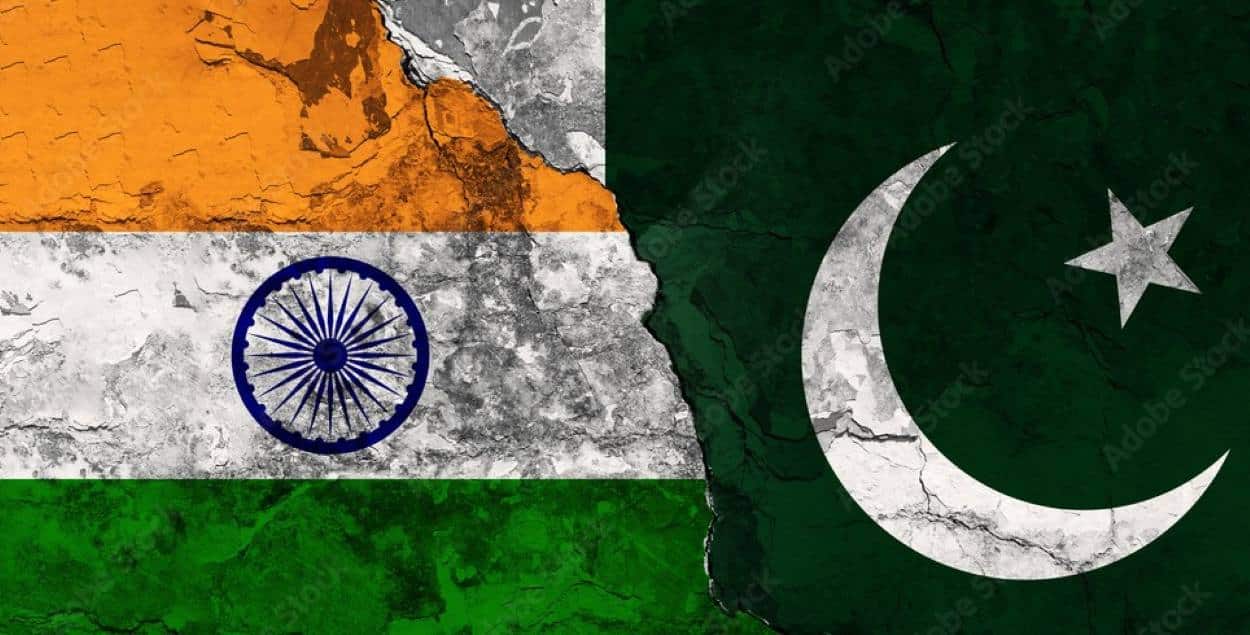On May 21, 2025, Pakistan’s Ministry of Foreign Affairs (MoFA) declared a staff member of the Indian High Commission in Islamabad “persona non grata” for engaging in activities deemed incompatible with diplomatic norms, ordering the official to leave within 24 hours. This move followed India’s expulsion of a Pakistani High Commission official in New Delhi on the same day, marking the second tit-for-tat diplomatic action in May 2025.
The Indian Chargé d’Affaires was summoned to Pakistan’s Foreign Office on May 21, where authorities issued a démarche emphasising that Indian diplomats must adhere to their roles and avoid misusing privileges. India’s Ministry of External Affairs (MEA) similarly declared a Pakistani official persona non grata for alleged espionage, issuing a 24-hour departure notice and urging Pakistan’s Chargé d’Affaires, Saad Ahmad Warraich, to ensure compliance with diplomatic norms.
🔊PR NO.1️⃣4️⃣7️⃣/2️⃣0️⃣2️⃣5️⃣
A Staff Member of the Indian High Commission, Islamabad, Declared Persona Non Grata. pic.twitter.com/H6kWIlwUNY
— Ministry of Foreign Affairs – Pakistan (@ForeignOfficePk) May 21, 2025These expulsions, the second in a week after similar actions on May 13, reflect heightened tensions following a terrorist attack on April 22, 2025, in Pahalgam, Indian-administered Jammu and Kashmir, which killed 26 civilians. India attributed the attack to Pakistan-based Lashkar-e-Taiba, a claim Pakistan denies.
The Pahalgam attack prompted India to suspend the Indus Waters Treaty, close the Attari-Wagah border, cancel visas for Pakistanis, and expel Pakistan’s defence, military, naval, and air advisors from New Delhi on April 23. Pakistan reciprocated, expelling Indian diplomats, cancelling visas for Indian nationals (except Sikh pilgrims), and closing its side of the border.
On May 6–7, 2025, Pakistan’s Inter-Services Public Relations (ISPR) alleged India launched unprovoked missile strikes on Pakistani civilian areas, martyring over 50 people. In response, Pakistan conducted Operation Bunyan-um-Marsoos on May 10, targeting Indian military assets. The 87-hour conflict ended with a U.S.-brokered ceasefire on May 10, mediated by Secretary of State Marco Rubio and Vice President J.D. Vance.
Ongoing Diplomatic Fallout
The mutual expulsions underscore a deepening diplomatic rift. Both nations accuse each other of espionage and violating diplomatic protocols under Article 9 of the 1961 Vienna Convention. Pakistan’s MoFA stressed that Indian High Commission staff must respect their privileged status, while India’s MEA issued similar warnings.
Despite the ceasefire, India’s Operation Sindoor and Pakistan’s retaliatory actions have institutionalised a new baseline of hostility, with New Delhi maintaining punitive measures like the treaty suspension. Pakistan’s Prime Minister Shehbaz Sharif called for dialogue to resolve issues, including Kashmir, during a May 16 address, but diplomatic channels remain strained.
The reciprocal expulsions, reducing diplomatic staff to 30 per mission from 55, signal a low point in India-Pakistan relations, though neither has severed ties. India plans to send MPs on an international outreach tour post-May 22 to brief allies on its stance, while investigations into the Pahalgam attack continue, targeting Lashkar-e-Taiba figures. The ongoing standoff risks further escalation unless diplomatic guardrails are established, as noted by analysts on WBUR’s On Point.






